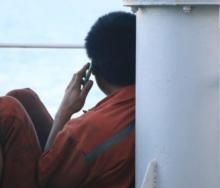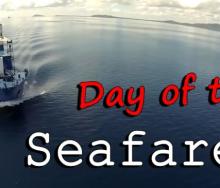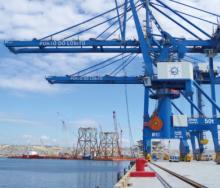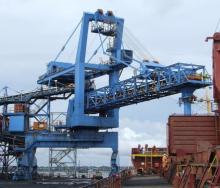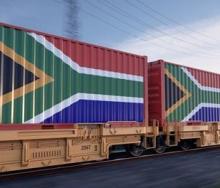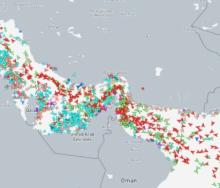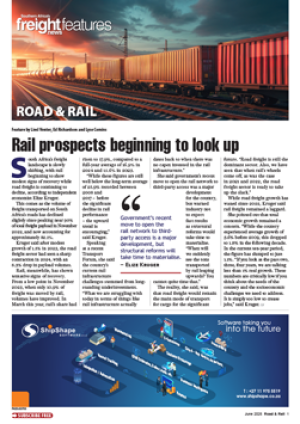Blank sailings into Africa, lack of availability of containers, spiking ocean freight rates, and predictions by the World Trade Organization (WTO) of a 7% rebound after last year’s 9.2% decline in global merchandise levels, all make for interesting but difficult-to-navigate import trade.
With the lifting of level three lockdown restrictions - December’s little post-Christmas ‘present’ - and the reopening of the country’s schools, importers must now be raring to go in order to respark business.
Says Dr Greg Cline, head of corporate accounts at Investec for Business: “Last year’s lockdown ahead of the New Year was not anticipated and led to a slowdown in business.
“Essentially good businesses are trading better and bad businesses are suffering. So it’s been a rocky start and we’re hoping that it’s going to pick up now that we’re moving back to normality.”
However, all’s not fair and well now that growth - as per WTO forecasts – is afoot. Far from it actually.
“Trade volumes are starting to grow but the biggest concern within our client base is the availability of vessels, containers and the pricing thereof.
“This is because what has transpired is that there has been an increase in demand of import volumes, particularly for intra-Asia and Asia-US routes.”
Such was the demand for reigniting trade from the world’s two leading trade partners, Cline emphasises, that it added to the volatility of an already disrupted shipping sector.
Last year’s third quarter, for example, heralded inbound US trade volumes from the east never before seen during the months of August, September, and October.
Ocean freight aggregator Alphaliner was one of the reputable sources confirming this, Cline points out, reporting that for the first time in years all lines were profitable.
“What happened though is that for the routes that are more profitable, shipping lines diverted vessels away from the less-profitable routes, resulting in fewer vessels available and a number of blank sailings.”
In short, lines simply couldn’t keep up with the sudden spike of trade crossing the Pacific towards the latter half of 2020.
“Because demand is outstripping supply it has contributed to price increases to all-time highs,” Cline says.
“We’ve seen the likes of a 20-foot container that was priced at $1500 dollars now sitting in the region of $6000 to $7000. Compounding the problem is that containers that have been moved onto US routes, get shipped to port and then moved inland.
“But because there is no cargo to ship containers back to port, lines themselves incur the costs of moving empty containers back to port.”
Long story short, as a result Africa’s import trade has had to face up to rising rates for vessels and containers – where available.
“Moreover, to cap a perfect a storm, we had the Chinese New Year so there’ been a surge in demand that was experienced in January because people need to ship in time.”
Where does it leave local traders?
“We’re anticipating pricing to trend down,” Cline says, “but we don’t expect it to normalise to pre-crisis levels yet.”
- Follow Freight News next week as we bring you more from our conversation with Investec about preparing for import trade headwinds.

